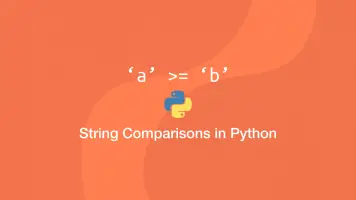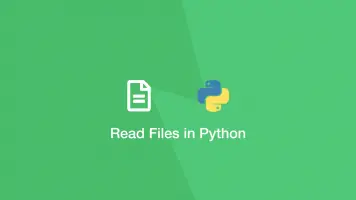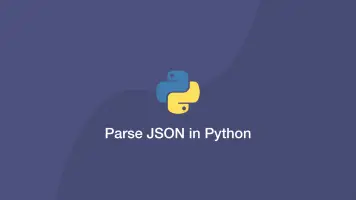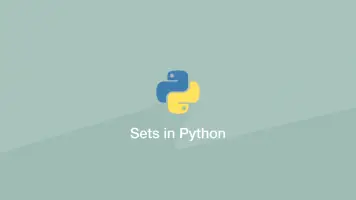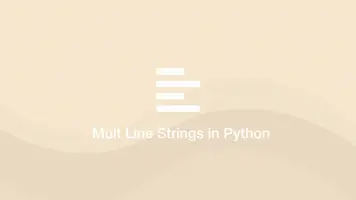How to Convert a List to a String in Python
There are multiple ways to approach converting a list to a string in Python, which we will explore in this tutorial. The method you choose might depend on the type of data inside the list or how the output string should be formatted.
While the examples below convert lists, the same principles can be applied to any other iterable data types such as tuples.
The .join() Method
The easiest way to convert a list to a string is by using the join() method. To use it pass in the glue characters followed by a . (dot) and then the join() method with the list as the first argument.
fruits = ['apple', 'strawberry', 'orange', 'apricot']
glue = ' '
string = glue.join(fruits)
print(string)
apple strawberry orange apricot
Converting a List of Numbers to a String
To convert a list of numbers to a comma-separated string, convert the numbers to strings using str() then strip the [] (square brackets) using strip().
nums = [1,2,3]
string = str(nums).strip('[]')
print(string)
1, 2, 3
Convert a List to a String Using List Comprehension
List comprehension is a shorthand way to loop through a list and do something with each element. In the example below, we are looping through a list containing numbers and strings, converting them all to strings in a for loop before passing the result to the join() method.
mixed = [1,2,3,'four','five']
string = ' '.join([str(e) for e in mixed])
print(string)
1 2 3 four five
Convert a List of Numbers and Strings Using map()
This example, like the previous one, can convert a list containing mixed data into a string. It works by using the map() method to convert each element in the list to a string before passing the result to the join() method.
mixed = [1,2,3,'four','five']
string = ' '.join(map(str, mixed))
print(string)
1 2 3 four five
Conclusion
You now know several ways to convert lists into strings and glue them together with different characters using the join() method. As mentioned at the start of the post, you can use these methods to convert other iterable data types such as tuples and objects.



